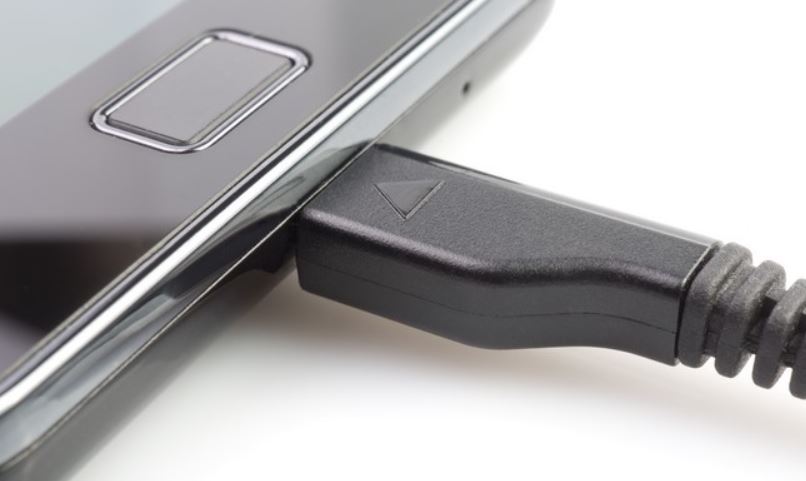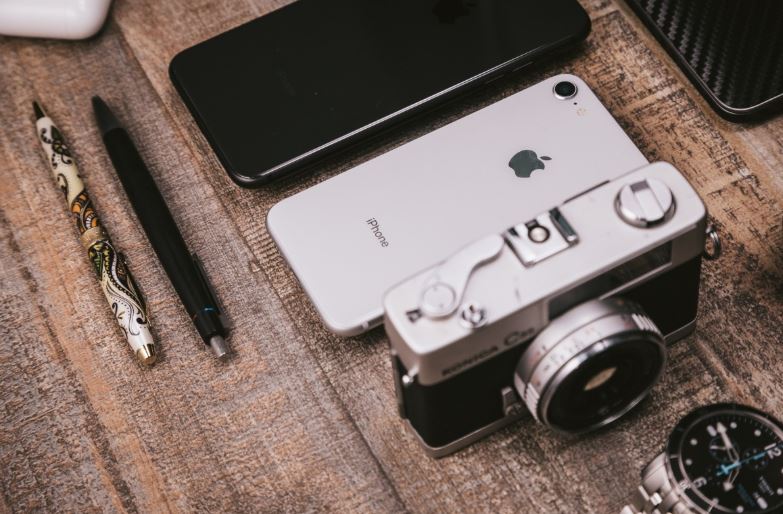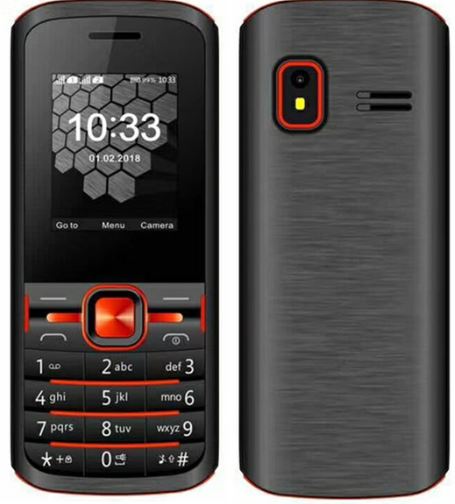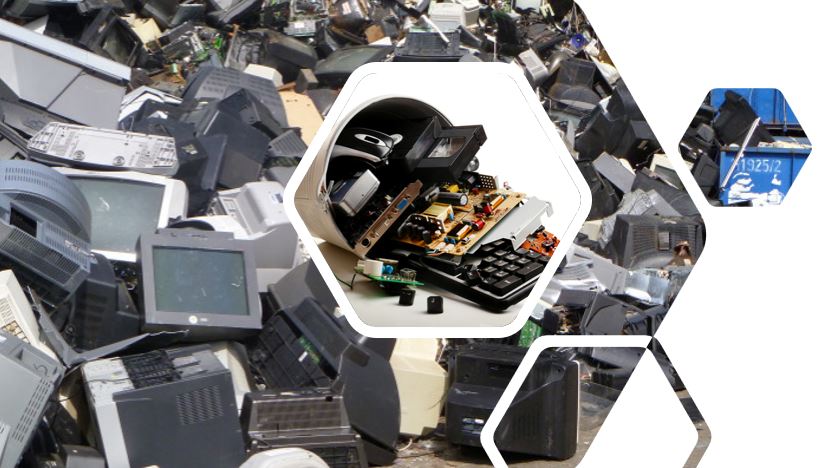You can hardly find anybody, who is not excited about some new type of technology. But with time, when a new technology comes along the way and we gradually forget the old technologies, which used to excite us maybe a decade or two ago. This actually defines the first transition of technology and the things that excite today might no longer excite us a few years or a decade from now. The beginning of the millennium saw some huge improvement in technology and besides computers, we also consider our small mobile devices as mini-computer in our pockets, followed by smart TVs, smart wearables, IoT, and this list goes on.
But as we are gradually stepping into the third decade of the millennium, we are yet to see a lot of advancements in the world of technology, and we are also gradually losing some cool technological innovations that we saw, at the beginning of the millennium. Yes, it is a matter of time. So, today, I will go down the memory lane, and I will talk about some technologies, which we have lost in the following decade, or those technologies, which we will likely lose by the end of the third decade of the millennium or 2030. I know this is going to be nostalgic.
So, without any delay, let’s get started with the list of technologies that we have lost, or are likely to lose in the coming decade.
Proprietary mobile charging ports

I still remember the first Sony Ericsson handset that I got, and it had a single port for charging and data transfer, which is the case for all handsets today, and the same port was also used to connect the earphones. Even though this is the case for most flagship phones nowadays, but we either have micro-USB or Type-C charging ports for that. Before the era of smartphones, the use of proprietary charging ports was rampant, and there were even some models, which has its own charging port design, where no other charger, even from the same manufacturer but a different model couldn’t be connected.
Proprietary mobile charging ports have died for good, and we no longer need to carry our charger everywhere we go, as we can borrow a charger from our colleague or friend and use that to give our phones some juice. It is long before 2020, that proprietary mobile charging ports are hardly available, and even a few of the dirt-cheap phones use micro-USB port for charging and data transfer today. By the end of the coming decade, micro-USB should also bid adieu to the world for the favour of type-C ports.
Point and shoot cameras

I still remember the day, when I was excited about getting the first digital camera in my life. It was an 8 MP shooter, and the camera was good at the time, I must say. But, who carries point and shoot cameras these days, when the same thing can be accomplished by our smartphones, and we can share them with just a single tap. Smartphone cameras are getting better and better lenses, which is leading to better image quality that most point and shoot camera, aka. digital cameras.
Even though point and shoot cameras look fancier, and are slimmer than, it used to be, a couple of years ago, there’s no point in keeping those bulky gadgets in our pockets, when smartphones can do the same thing along with a lot of other tasks. However, I can’t see the death of DSLR cameras any time soon, at least in the coming decade, as they are targetted towards a completely different set of customers.
Dumb and feature phones
I know, there are people who still use dumbphones or feature phones. But in the last decade, we have observed a massive drop in the price of smartphones and internet packs. It is highly likely that the same trend will make its way in the next decade, which will eventually make certain smartphones at very cheap prices. Yes, dirt cheap! I don’t think, there will be still a reason for persons to keep using dumbphones or feature phones.

Even though some features phones are making a comeback, but that is mostly for the fanboys. At the prices, those feature phones are offered, people who stick to dumbphones for budget constraints will definitely go for a smartphone if they can elevate their budgets to the prices, at which those phones are offered. We can see features phones making a comeback, but not for common people. That said, when it comes to utilization, I can state, the dumb and features phones are likely to die in the last decade, and most people will resort to smartphones offered at a budget.
3D displays
I know, it is fun to see the characters coming out of the TV, and they show things in 3D. But even after being such a great piece of tech, 3D TVs never took off that way due to high prices, and also because of VR, which offers a better viewing experience with higher frame rates, and a vision that seems life-like.
3D movies were also popular in this decade, and it is a phenomenal experience of watching 3D shows in multiplexes, but the same doesn’t apply for home entertainment. The VR technology is improving day by day, and the customers seem to be liking it more than they liked the concept of 3D TVs.
Tablets
The sale of tablets is declining, and we can see more people are inclined towards smartphones, more than that of tablets. There is no doubt, tablets are easier to carry, and are handier than laptops, but with increasing size of the screen sizes on mobile devices, tablets are no longer a good choice for most customers. Not only that, most games, and other content are developed, keeping only mobiles in mind, making it a tough groud for tablets to survive.
Foldable smartphones are likely to hit the market in the coming decade, and they can double up as tablets when unfolded, and that could, however, give a new life to the tablet industry. But talking about just tablets, they are likely to die in this decade. However, I think Apple iPad and Samsung Galaxy Note Series will still be available for some more years, and those are the only products that will mark the end of the tablet era.
iPods or portable music players
I still remember those days, when I used to dream of getting a portable music player so that I could listen to my favourite songs while travelling, and feel less bored. But, with smartphones, we take the feature for granted. Instead of listening to songs on your long trips, we find it better to chat with people, play some cool games or watch videos. The problem is, neither iPod nor music players can give us such a pleasure, and they are likely to die soon.
When it comes to music portable music players, it will be a tough exercise even today to find a person using such a device, which made me predict, portable music players can’t make its way till the end of the coming decade. The same goes for iPods. It can make you look rich to carry a fancy iPod in the crowd, but an iPhone will serve the same purpose in an even better way. As smartphones are very affordable nowadays, and even the dirt-cheap phone has music-players built-in, I can hardly see a reason for people to use iPods and portable music players.
Wired VR headsets
Unless you are looking for the most minimum response time, I can’t find any other reasons far and wide to use wired VR headsets. With wired VR headsets, the user is entangled in a mess of wires, which is a hindrance that keeps the user away from experiencing the true glory of VR. That said, we can quickly find wireless VR headsets to capture the market.
As I just said, at the time of talking about 3D TVs, even the wireless VR headsets deliver good framerates, which can make you think, you are actually in the world that is displayed in the VR headset. Wireless VR headsets will open up more avenues to improve the VR experience, which is yet another reason, we can expect wired VR headsets to die, in the coming decade.
Fax, landlines, and DSL connections
I am pretty sure, most users today do not depend upon landlines to make calls. Mobile phones are handy these days and the call quality on landlines too isn’t that good. Even though at the end of the day, it is a reliable mode of communication, as communication takes place through wires, but if you use a landline, you often have to deal with dead landlines every now and then. Landlines use legacy connections, which can even offer high-speed DSL internet connections, but they are not as fast as fibre-based connections.
The DSL internet connections, especially the ADSL connections suffer from week upstream bandwidth, which will not be able to cater to the needs of the netizens in the coming decade. The demands include less latency for cloud gaming, high-speed upstream bandwidth for uploading heavy content online, and a lot more. It is also because of landlines fax machines still exist, but they are hardly used nowadays, due to the advent of modern communication methods, like email, cross-platform messaging apps, RCS, which should be available in the next decade, and other protocols. Even though fax machines rely on landlines that offers a mode of communication, even when the internet is not working, but I don’t think it will be able to win in the race with other modern communication methods and will make a comeback again by the end of the third decade of the millennium.
So, those were the technologies, which will likely die by the end of the coming decade. I am pretty sure, the list is incomplete. 10 years from now, the world of technology will look completely different, maybe 7G will be there, and we might be carrying smartphones in our bodies instead of pockets if we don’t discover a new similar product altogether. We might even see Skype die, for a new app or service for video communication, WhatsApp to die for RCS, and so on. I just wish, whatever happens, happens for good.
Do you know any other technology that is likely to die by the end of the coming decade? Feel free to comment on the same below.

Related Posts
What technology will be used in flying cars? Having a look at the technologies that will shape the transportation of the future
What is stopping smartphone gaming from becoming the next big thing? The problems, and the possible solutions
What are the 5 Types of Green Technology?
How Enterprise Technology is Revolutionizing Business Operations in 2024
What is ipconfig on Windows CMD used for?
Inside Kodak TV Factory: A Glimpse into the Manufacturing Process